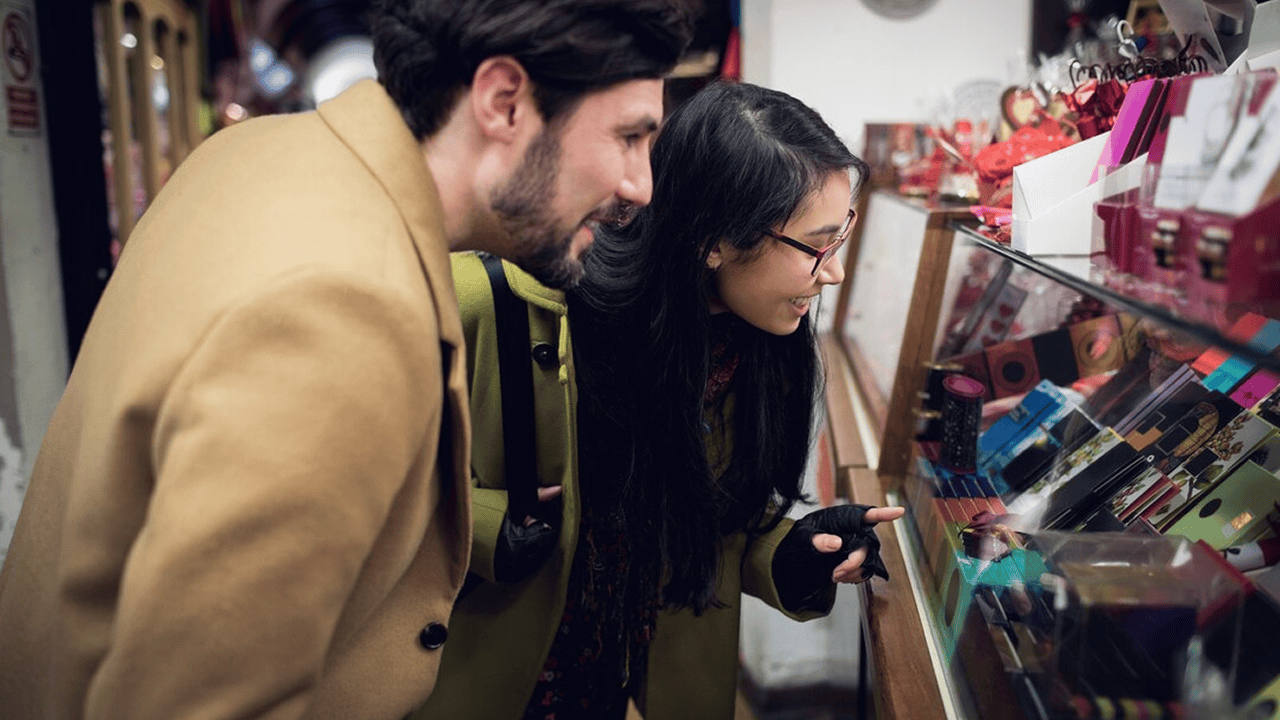
The Future of Retail: Trends Changing the Way We Shop in 2025 and Beyond
In today’s fast-moving world, retail is changing quickly. New technology, shifting customer habits, and the growth of online shopping are reshaping how we buy things. In this blog, we’ll explore the biggest retail trends that are transforming shopping in 2025 and beyond.
From smart stores to personalized shopping, and from eco-friendly packaging to digital wallets, these changes are happening now—and fast. Whether you’re a business owner or a curious shopper, understanding these trends can help you prepare for the future.
1. Online Shopping Is Still Growing
Online shopping is no longer just a trend—it’s a way of life. Since the COVID-19 pandemic, more people than ever prefer to shop from their phones or laptops. This habit is here to stay.
What’s New in 2025:
- Same-day or even 1-hour delivery is becoming the norm.
- Many companies are offering online-only discounts to attract more customers.
- Websites are easier to use, and many now include video product reviews and virtual try-ons.
Tip for Businesses: Make sure your website loads quickly and is mobile-friendly. Speed matters!
2. Smart Stores: Technology in Retail Spaces
Even physical stores are going high-tech. You may walk into a store and find no cashiers. Instead, smart cameras and sensors track what you pick up, and you get charged automatically.
Examples:
- Amazon Go stores allow walk-in, walk-out shopping.
- QR codes on shelves give instant product info.
- Augmented reality (AR) lets you “see” how a sofa looks in your room or how glasses fit your face.
Smart stores make shopping faster, easier, and more fun.
3. Personalization: Shopping Just for You
One-size-fits-all is no longer enough. Today, customers expect personalized experiences.
How It Works:
- Websites recommend products based on your past purchases.
- Emails include special offers on items you like.
- Loyalty apps track your shopping habits and give rewards tailored to you.
Future Outlook:
- AI-driven recommendations will get smarter.
- Personalized homepages and voice search will improve online experiences.
- Stores will greet you by name and remember your preferences.
Personalization = more sales + happier customers.
4. Social Media Shopping (Social Commerce)
Ever bought something from Instagram or TikTok? You’re not alone. Social media is becoming a major sales channel.
Key Trends:
- Live shopping events with influencers or brand owners.
- Buy buttons built into Instagram, TikTok, and Facebook.
- Customers trust peer reviews and influencer suggestions.
In 2025:
- Expect more AR filters to “try on” clothes or makeup.
- Seamless in-app payments will make checkout fast and safe.
People scroll to shop—not just to like and comment.
5. Sustainability Is a Must
Consumers today care about the planet. Eco-friendly packaging, recycled materials, and responsible sourcing matter more than ever.
Popular Moves:
- Plastic-free packaging
- Carbon-neutral delivery
- Second-hand and thrift shopping platforms (like Poshmark and Depop)
Brands Making a Difference:
- Patagonia offers free repairs for worn clothing.
- IKEA is testing furniture resale programs.
Green is the new black.
6. Voice Search and Virtual Assistants
As smart speakers like Alexa, Google Assistant, and Siri become more common, shoppers are using voice commands to find and buy products.
Examples:
- “Alexa, order more coffee filters.”
- “Hey Google, where can I buy running shoes near me?”
Trend Highlights:
- Voice search is getting smarter and more natural.
- Businesses are optimizing product listings with voice-friendly keywords.
If your business isn’t ready for voice search, it’s time to catch up.
7. Subscription Models Keep Growing
People love the convenience of monthly subscription boxes. Whether it’s food, clothes, or grooming products, subscription services are booming.
Hot Areas:
- Meal kits (like HelloFresh)
- Beauty boxes (like Ipsy)
- Curated fashion (like Stitch Fix)
Why It Works:
- Predictable income for businesses.
- Delight and surprise for customers.
Subscriptions = loyalty and lower marketing costs.
8. Buy Now, Pay Later (BNPL)
BNPL services like Afterpay, Klarna, and Affirm allow customers to split payments over time—often with no interest.
Benefits:
- Makes big purchases easier.
- Attracts younger shoppers who avoid credit cards.
What to Expect:
- More retailers will offer BNPL at checkout.
- Apps will offer credit insights and budgeting tools.
Flexible payments = more sales.
9. Mobile Wallets and Contactless Payments
Gone are the days of swiping cards. Mobile wallets like Apple Pay, Google Pay, and tap-to-pay cards are fast, secure, and touch-free.
Why Shoppers Prefer It:
- Speed
- Security
- Hygiene (post-COVID awareness)
What Businesses Should Do:
- Update payment terminals.
- Promote secure, contactless checkout options.
The future of money is digital.
10. AI and Chatbots for Customer Service
Need help with an order? Chances are, a chatbot answers first.
AI Tools Are Now:
- 24/7 live chat with instant answers.
- Auto-responses that suggest solutions.
- Voice bots in customer care lines.
What’s Ahead:
- AI will handle more complex tasks.
- Chatbots will use customer tone and behavior to adjust replies.
Smart service saves time—and boosts satisfaction.
11. Omnichannel Shopping
Customers don’t think in “online” or “offline.” They just want a smooth experience, whether they’re browsing on a phone or visiting a store.
Examples of Omnichannel:
- Buy online, pick up in store (BOPIS)
- Start a chat online, continue in-store
- Use a mobile app to scan prices while in-store
Consistency = customer loyalty.
12. Resale and Refurbished Goods
Used is no longer a bad word. Gen Z and millennials love deals—and care about sustainability.
Trending Platforms:
- Facebook Marketplace
- Poshmark, ThredUp
- Certified refurbished on Amazon
Retailers Jumping In:
- Levi’s: Pre-owned jeans
- Apple: Refurbished iPhones
- IKEA: Gently used furniture
Circular economy is profitable and planet-friendly.
13. Retail Media Networks (RMNs)
Retailers are becoming ad platforms. Big stores like Walmart and Target sell ad space on their websites and apps to brands.
Why It’s Hot:
- Brands get customer data directly.
- Shoppers see personalized, relevant ads.
- Retailers earn from more than just product sales.
Advertising is changing—from Google to grocery aisle apps.
14. Experiential Retail
Stores are more than places to shop—they’re places to experience. People want fun, education, and inspiration.
In-Store Trends:
- Makeup demos, yoga classes, cooking shows
- Immersive product testing zones
- Community events and brand pop-ups
Benefits:
- Builds brand loyalty
- Creates share-worthy moments for social media
Experience = Engagement.
15. Micro-Fulfillment Centers
To deliver faster, retailers are turning small spaces into fulfillment hubs.
What It Means:
- Stores serve double duty: showroom + warehouse.
- Robots and staff quickly pack orders for pickup or delivery.
Key Benefits:
- Shorter delivery times
- Lower shipping costs
Speedy logistics are key to staying competitive.
Conclusion: Stay Ahead in a Changing Retail World
The retail world is full of change, but one thing is clear: the customer is in control. They want speed, ease, sustainability, and personalization. Businesses that can deliver all of these—while staying up-to-date with the latest technology—will thrive.
As a retailer, the smartest move is to stay informed, experiment, and adapt quickly. Keep your eye on the trends, listen to your customers, and stay flexible.
